In today’s fast-paced world, finding time to exercise can feel like a daunting challenge. Between work, family commitments, and social obligations, fitting in an effective workout might seem impossible. One of the most common challenges that athletes face is that they don’t have enough time to train. I can relate to this struggle.
A few years ago, I’d find myself in the gym for 1.5 to 2 hours. Prior to that, I spent even longer training for a hal-Ironman. Now, there’s no way I can spend 2 hours in a gym and still get everything else done . Even 1 hour is hard to find, especially on work days. The exact workout depends on my performance goal, but I make sure to do at least 30 minutes of something every day.
When I don’t have time to commute to a gym, I’ll work out from home. However, I find that I’m more efficient in a gym because there aren’t as many distractions, and I don’t have to spend time shuffling around or setting up equipment at home. Regardless of where I’m working out, I am more strategic and intentional with my active time than I used to be. I can maximize my workouts and still achieve my goals without spending hours in the gym or sacrificing the other important aspects of my life.
Here are some simple changes that I’ve made over the years to become more efficient with my workouts.
1. Set clear goals
Efficiency starts with clarity. First, start big and define what you want to achieve from your workouts in the long term. My workouts looked a lot different (and took a lot longer) when I was training for a half-Ironman than they do now. At that point I was training solely for endurance. Now my goal is to increase power so that I can hit harder and move faster through the sand.
I also have weekly goals which include how many days a week I’m going to strength train, and how much weight I’m going to add to my lifts compared to last week. These days my goal is at least 3 strength/power workouts and 2 cardio workouts per week, with every workout incorporating mobility. I add try to add at least a small amount of weight from week to week, but I wait to see how my body feels before doing that.
With all of this in mind, I structure my training plan to include a schedule of my strength workouts, cardio, and even yoga classes. I do my long(ish) bike rides and runs on different days than I do my shorter, more intense strength sessions. Having a clear goal keeps me focused and prevents me from wasting time on exercises that don’t align with my objectives.
2. Plan your workouts in advance
My daily goals also include when, where and how long I’m going to workout that day. I usually figure the night before or the morning of depending on my work schedule. Most days I only have time for a short 30-45 minute strength workout or Peloton ride at home, or a 2-3 mile run with my dog at lunch time. Then on the weekends, I’ll do a longer workout or a long run because I have the time to spare.
In addition to my schedule, I also make sure I have a plan for my workout well in advance. Walking into the gym without a plan can lead to wasted time and suboptimal results. I learned this the hard way before I hired a strength and conditioning coach to write my programs for me. Once I started planning my weekly workouts and having a sport-specific plan for which exercises I’ll do, my sessions became far more productive. My coach uses an app to upload my program, but personally I prefer to write my plan in my Fitness Journal. I do this so I can avoid having to touch my phone at all during my workout. More on this later.
3. Incorporate Short, Intense Bursts of Activity
Short, intense bursts of activity are perfect for maximizing efficiency. High-Intensity Interval Training (HIIT) and metabolic conditioning (MetCon) are two excellent examples. For HIIT, I often do 30 seconds of all-out effort on a stationary bike, followed by 30 seconds of rest, repeating for 10-15 minutes. Another example is to to a Tabata (20-seconds on, 10-seconds rest for 8 rounds) workout with one exercise that only lasts 4 minutes. I like doing this with battleropes. It’s quick, challenging, and incredibly effective.
For MetCon, I’ll set up a circuit with exercises like kettlebell swings, burpees, and rowing. Completing as many rounds as possible in a set time frame, like 12 minutes, keeps my heart rate high and combines strength with cardio. Both approaches have saved me time while delivering great results.
4. Prioritize compound movements
Compound movements are exercises that work multiple muscle groups at the same time. During my beach volleyball off-season, I focus on simple compound movements such as squats, deadlifts, and pull-ups to build full-body strength. Many plyometric exercises that focus on building power (such as kettlebell swings, thrusters and plyo pushups) are also excellent compound movements that focus on both strength and speed. These exercises saved time and gave me the strength foundation I needed for explosive jumps and powerful hits on the court.
5. User supersets and Circuits
Supersets and circuit training are excellent ways to make your workouts more efficient. When I’m at the gym, I often pair opposing muscle group exercises—like chest presses and rows—as a superset. Or a lower body exercise, like deadlifts, with an upper body exercise like landmine presses. It keeps my heart rate up and minimizes downtime. At home, I use circuit training with exercises like push-ups, lunges, and planks to fit in a quick yet effective full-body workout.
6. Limit and time your rest periods
While rest is essential for recovery, excessive rest can make your workouts unnecessarily long. I used to have this bad habit of picking up my phone and scrolling through Instagram or responding to text messages in between sets. Before I knew it, my rest period was 5 minutes long. Now, I use a timer on my Garmin Fenix 7s watch to keep my rest periods in check. For strength training, I aim for 60-90 seconds of rest, and for circuit workouts, I keep it to 30 seconds or less. This keeps the intensity high and the workout short.
7. Invest in Quality over Quantity
More isn’t always better. I’ve seen many athletes rush through their sets, sacrificing form for speed. In my own training, I focus on performing each rep slowly, with intention and proper form. This not only prevents injuries but also ensures that I’m getting the maximum benefit from every movement. By focusing on the eccentric and concentric aspects of a movement with a slow and controlled tempo, I can do less reps and get more benefit.
8. Combine Cardio and Strength Training
If you’re short on time, consider combining cardio and strength training into a single workout. For example, during my busiest weeks, I’d do workouts with kettlebell swings, box jumps, and medicine ball slams (my current fave). These exercises elevate my heart rate while building strength and power, giving me the benefits of both cardio and strength training in one session.
9. Leverage Technology to Streamline Your Experience
I have to be very careful with relying on technology because it can either make my workout more efficient or completely derail me. Fitness apps and wearable devices help me stay organized and track my progress. My Garmin Fenix 7s tracks my heart rate and calories burned, providing instant feedback that motivates me to push harder during my sessions. My watch can even control music in my Airpods so I don’t need to touch my phone at all during a workout.
10. Workout at home
Eliminating the commute to and from the gym can save a significant amount of time. During the pandemic, my husband and I set up a small home gym in our basement with a Rogue Monster rack with landmine attachment, a barbell with plates, adjustable dumbbells, resistance bands, a yoga mat, and a stationary bike. It has everything I need to get in a good workout and even though I’d prefer going to a gym, it has allowed me to stay consistent with my workouts while saving hours each week. A couple times per week, I’ll even jump on my stationary bike and get in a cardio workout during a conference call.
11. Make Rest Days Efficient, Too
Once in a while, I will take a true rest day where I don’t do any activity and just lounge. But more often than not, my rest days are active recovery days. They help me stay in the habit of moving my body without overtraining. On my recovery days, I enjoy long walks with my dog or restorative yoga sessions. These activities keep me moving and stuck in a routine, reduce soreness, and help me recharge for my next workout.
12. Optimize Your Nutrition
Fueling your body properly can enhance your workout efficiency. Before a volleyball meetup or an intense strength session, I’ll have a snack like an apple or one of these pre-workout snacks. After workouts, I prioritize a protein shake or a meal with lean protein and vegetables to support muscle recovery. My favorite animal based protein is this one, and if I’m focusing on gaining muscle for strength, I’ll add a scoop of this unflavored creatine.
13. Always have a "Plan B" in Mind
When I go to the gym and it’s busy, nothing derails my efficient workout more than having to wait for a bench, machine or piece of equipment. That’s why I like to have a backup plan with an exercise that hits the same muscles but uses different equipment. For example, if my original plan was to do lat pulldowns but there are none free, then I’ll do assisted pullups instead. Another swap might be dumbbell floor press instead of a barbell bench press if all of the bench pressing stations are occupied.
14. Eliminate Distractions
Scrolling through my phone or answering phone calls during my workouts has significantly reduced efficiency. Even just picking up my phone to look at my workout or record my weights can tempt me to do something else on my phone. While working out at home is definitely more convenient, I find that there are a lot more distractions there. That’s one of the reasons I’ll try to squeeze in a workout at the gym instead.
I like to listen to music when I workout so I wear noise-canceling headphones that can be controlled by my watch. And instead of recording my lifts on my phone, I use the old school method of pen and paper with my Workout Journal. I also try to make sure I know how to perform each exercise by watching the demonstration videos ahead of time. This way I can set my phone to airplane mode and not be tempted by any distractions.
15. Progressively Challenge Yourself
To make the most of your workouts, continually challenge your body. This method of progressive overload ensures steady improvement (aka gains) and prevents plateaus (aka getting bored). It also brings more intention to your workouts because you’re focusing on making improvements from week to week.
16. Track Your Progress
Keeping a workout journal has been a game-changer for me. I write down my plan prior to my workout and then record my warm up, exercises, weights, reps, and how I feel during each session. I also make a note if something doesn’t feel right, is too difficult or if I experience any pain with a certain exercise. That way I can reach out to my strength coach or physical therapist later and ask for a modification. Reviewing my journal regularly also helps me identify patterns and make adjustments to my training plan.
17. Get Professional Guidance
If you’re unsure how to structure an efficient workout or use equipment properly, consider working with a strength and conditioning coach. A good personal trainer or demonstration videos on YouTube may also be able to help you improve form to some degree, but they won’t be able to assess asymmetries or imbalances like a Certified Strength Coach can. I’ve been working with one for the past 12 years and have found that having a coach has helped me refine my form and build a solid foundation that I’ve carried into my competitive activities. My coach works remotely so I send him videos from time to time so he can assess my form and provide feedback.
18. Listen to Your Body
Efficiency doesn’t mean pushing yourself to the brink every time you exercise. Now that I’m in my 40s, I’ve had to learn to listening to my body and adjust my workouts based on how I feel. If I’m attempting a weight that I was able to do last week but this week it feels heavy, I’ll lighten the load a bit or keep it the same rather than trying to progress before my body is ready. I also stop entirely if something doesn’t feel right. Rest and recovery are just as important as hard training days.
19. Stay Consistent
Efficiency is meaningless without consistency. A shorter, well-executed workout repeated consistently over time will yield better results than sporadic, lengthy sessions. I make exercise a non-negotiable part of my routine, just like eating or sleeping.
20. Enjoy the Process
Lastly, find joy in your workouts. I love trying new activities like going to a Pilates class or a challenging yoga class to keep things fresh and fun. When you enjoy your workouts, you’ll naturally stay more engaged and efficient.
Conclusion
Being efficient with your workouts doesn’t mean cutting corners—it means working smarter, not harder. By setting clear goals, planning ahead, incorporating time-saving techniques, and staying consistent, you can achieve your fitness objectives without spending hours at the gym. Remember, the key to long-term success is finding a routine that fits your lifestyle and keeps you motivated. Start implementing these tips today and watch your efficiency, and results, soar!

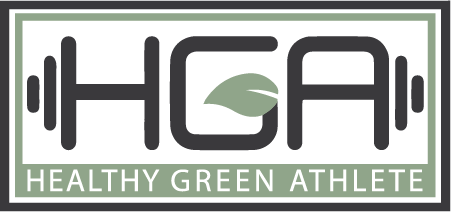

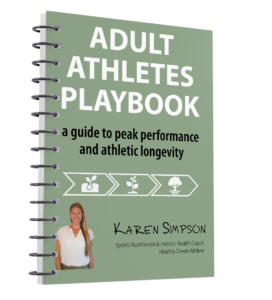

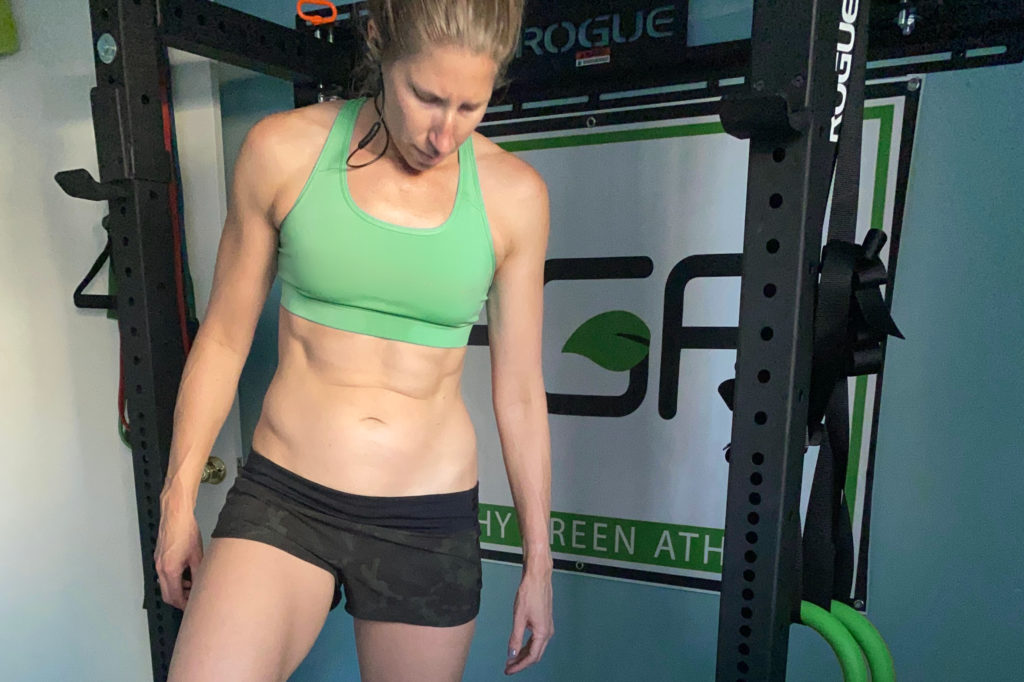

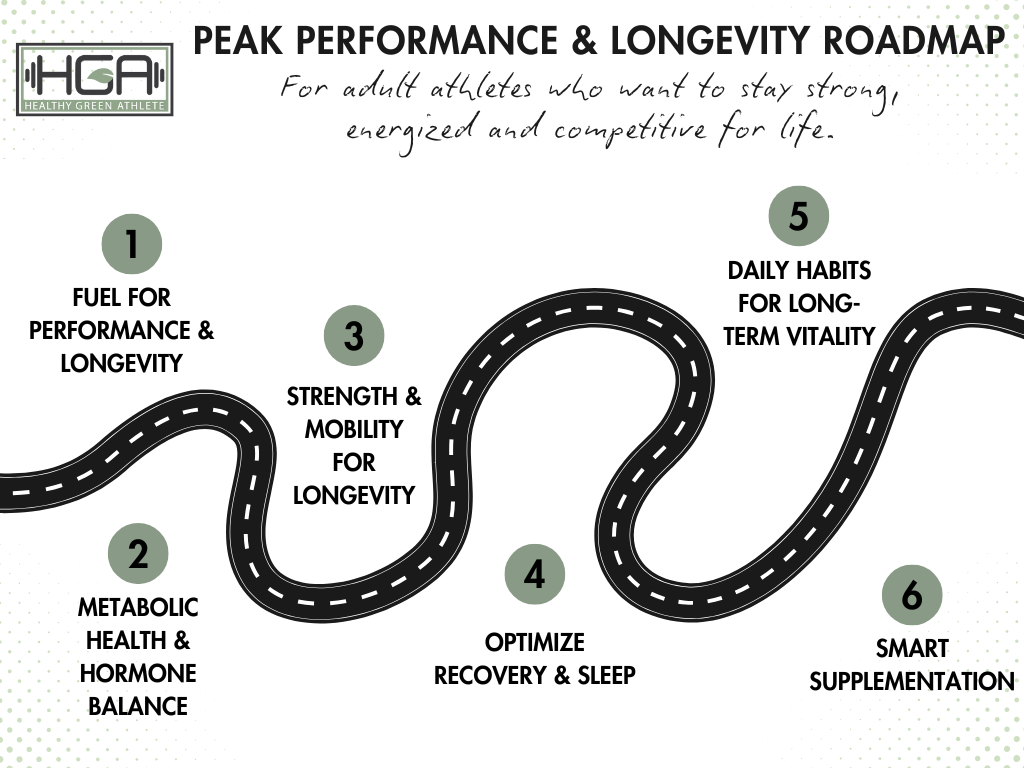




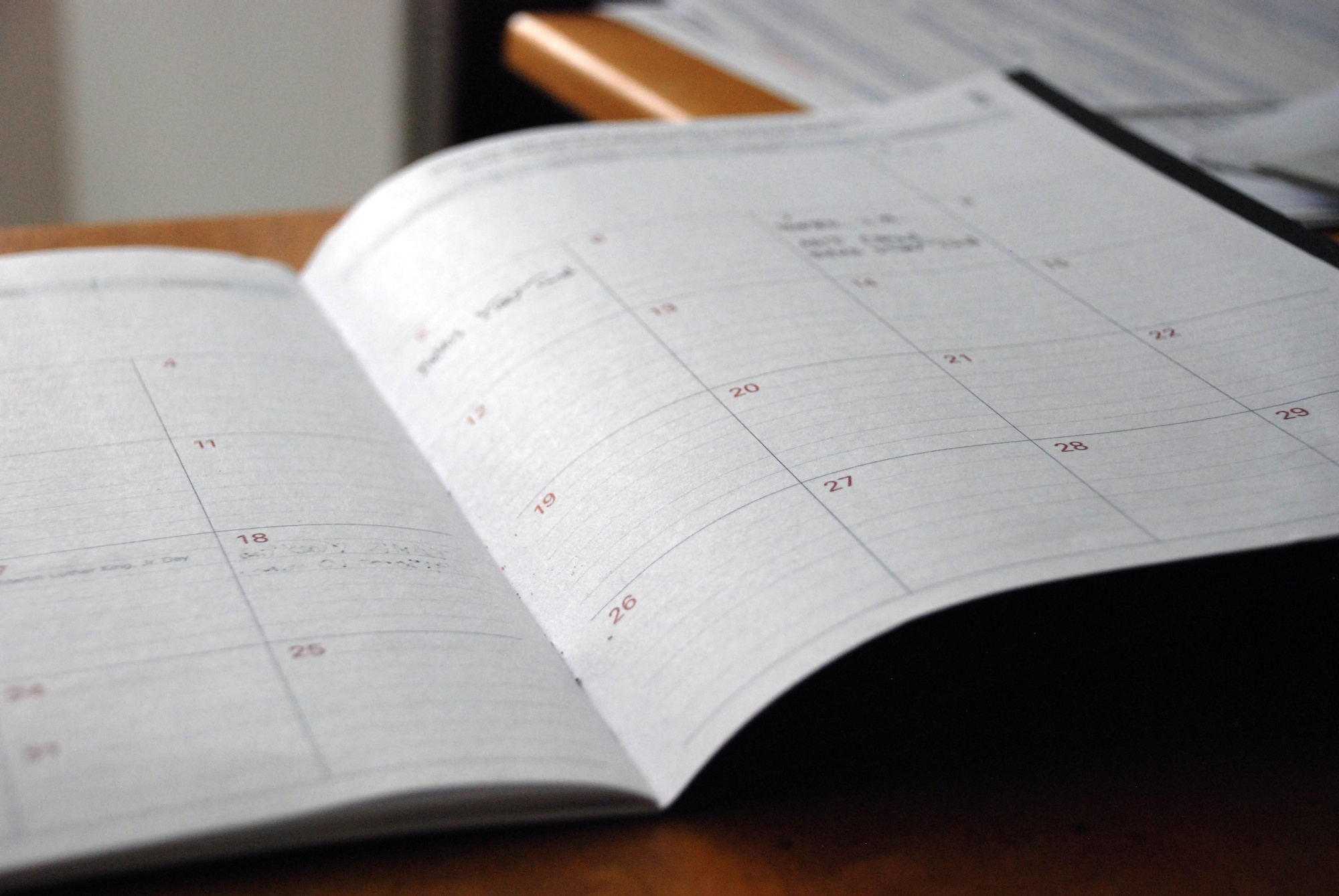

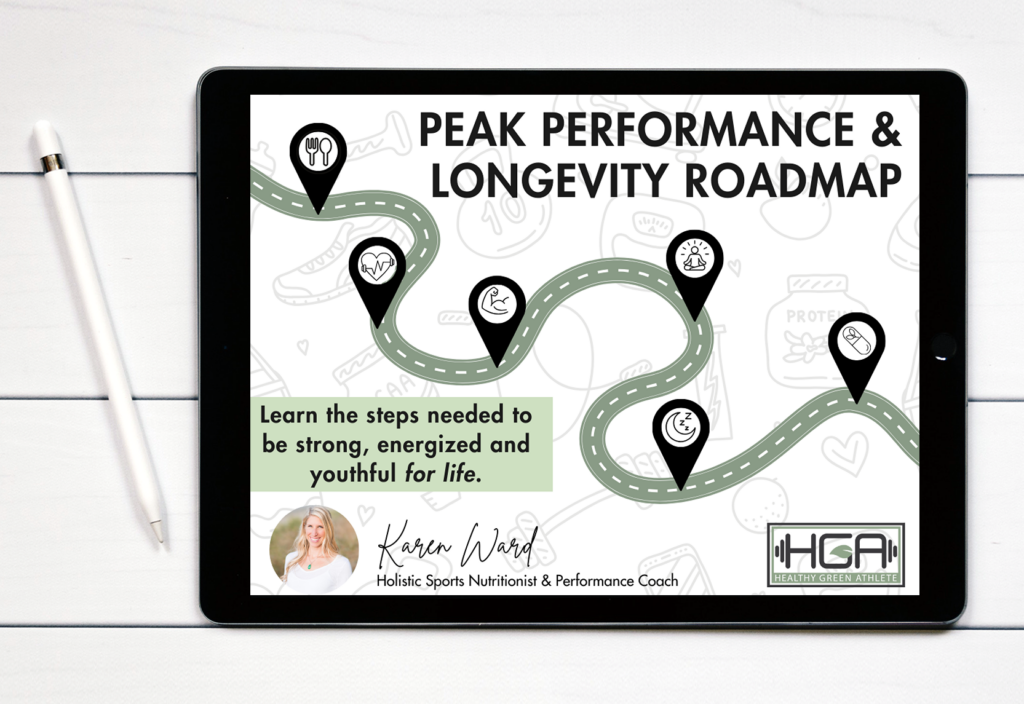
One Comment
Pingback: